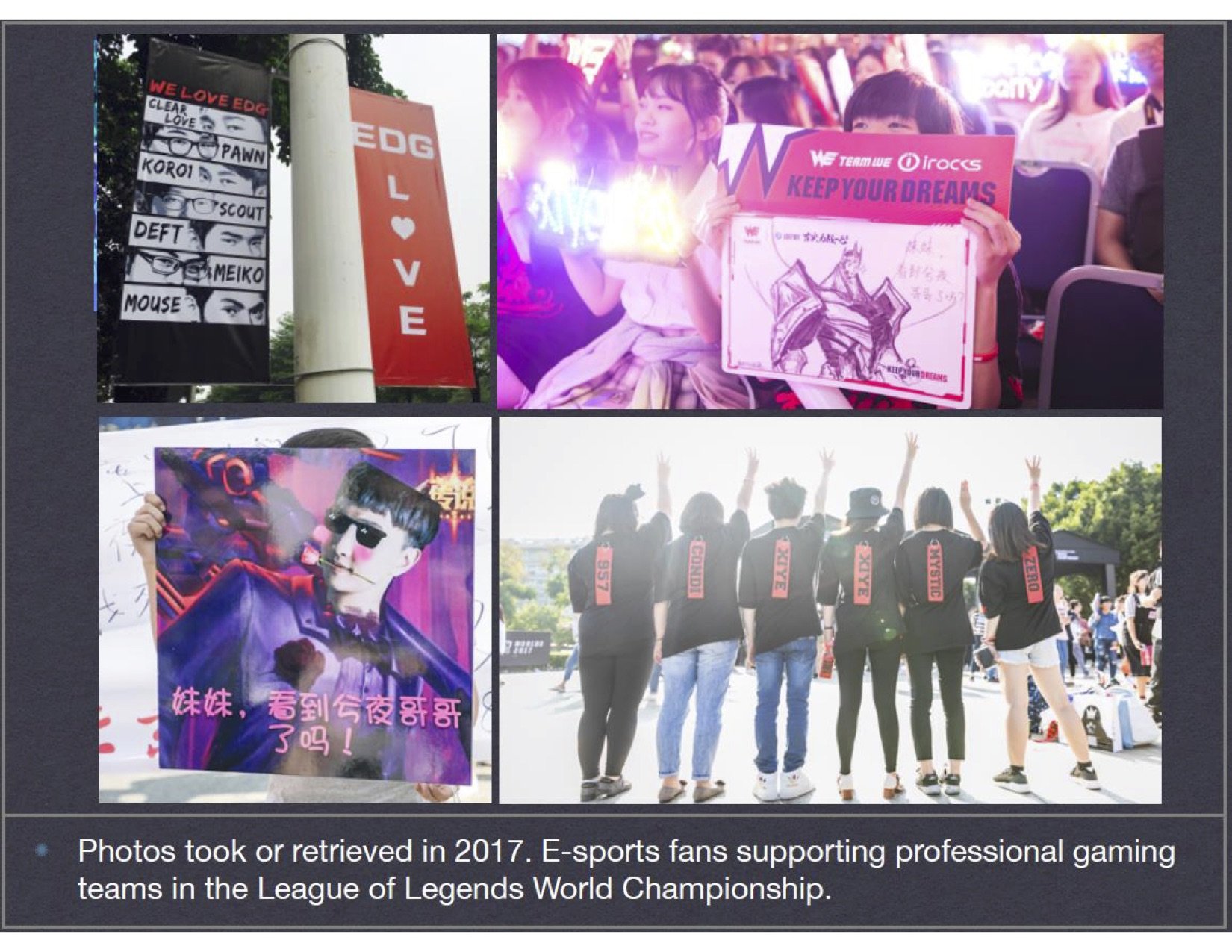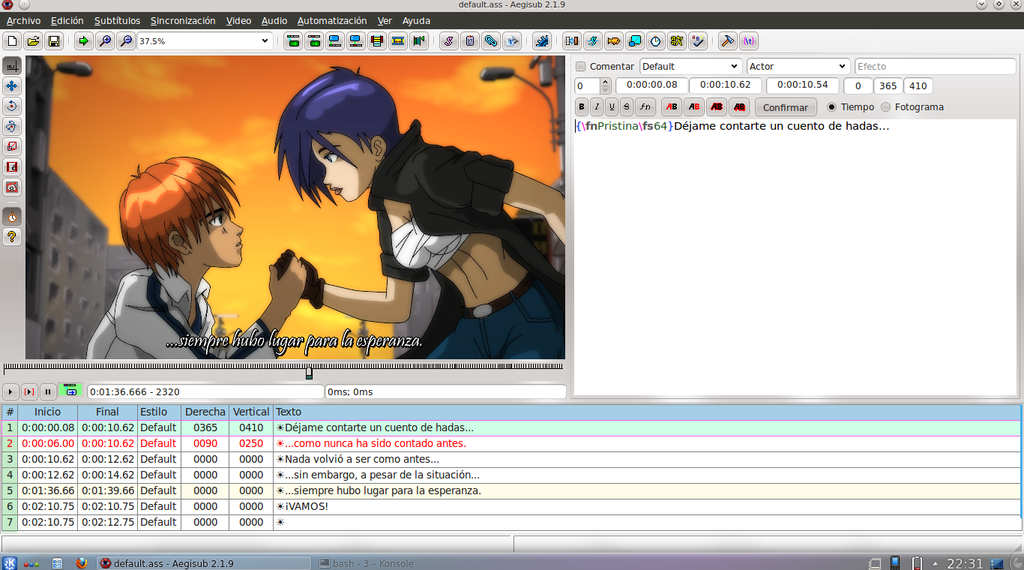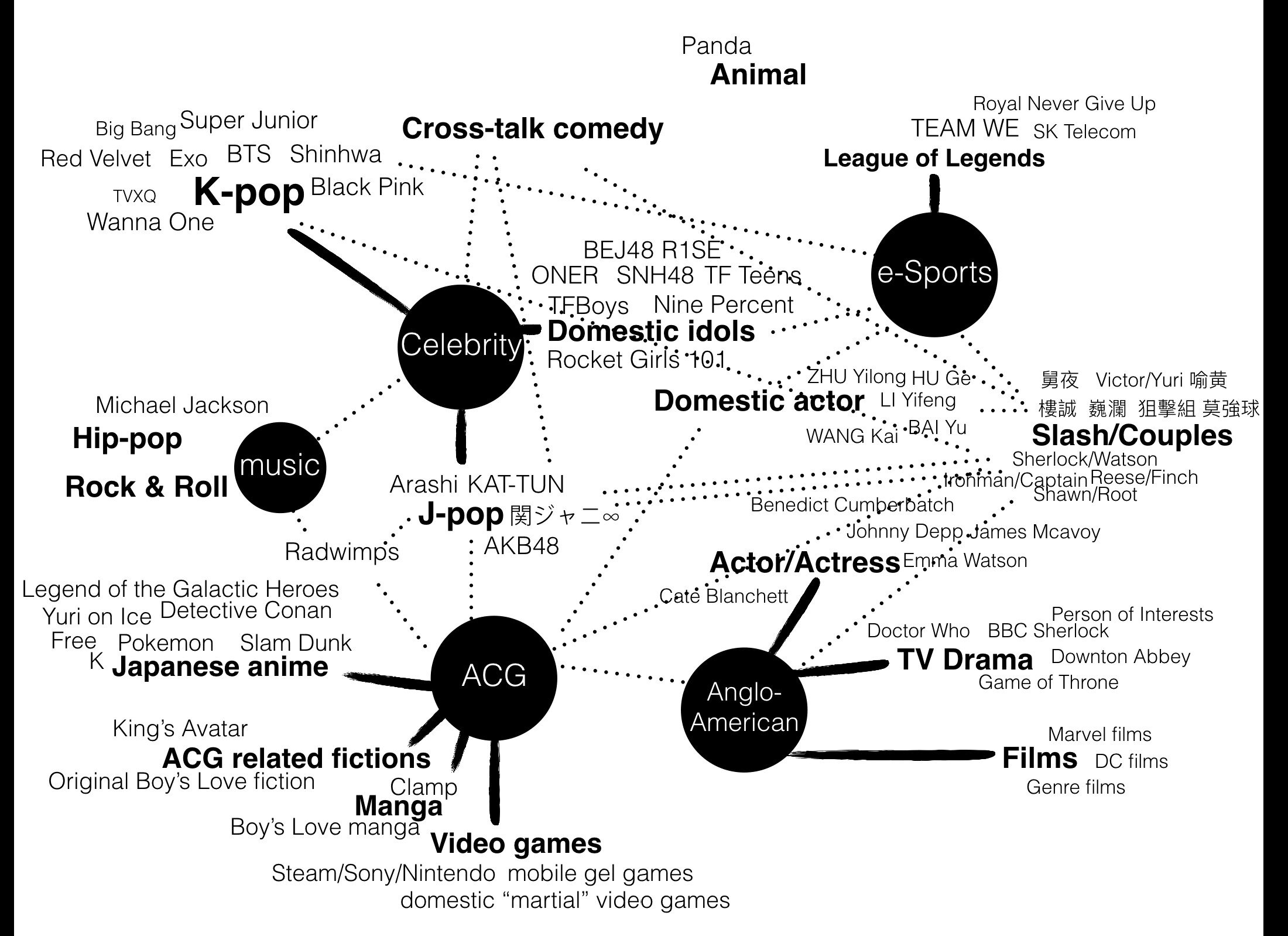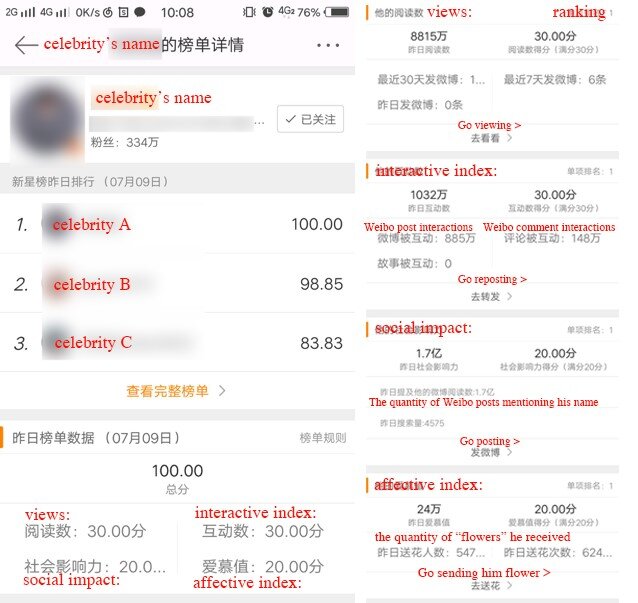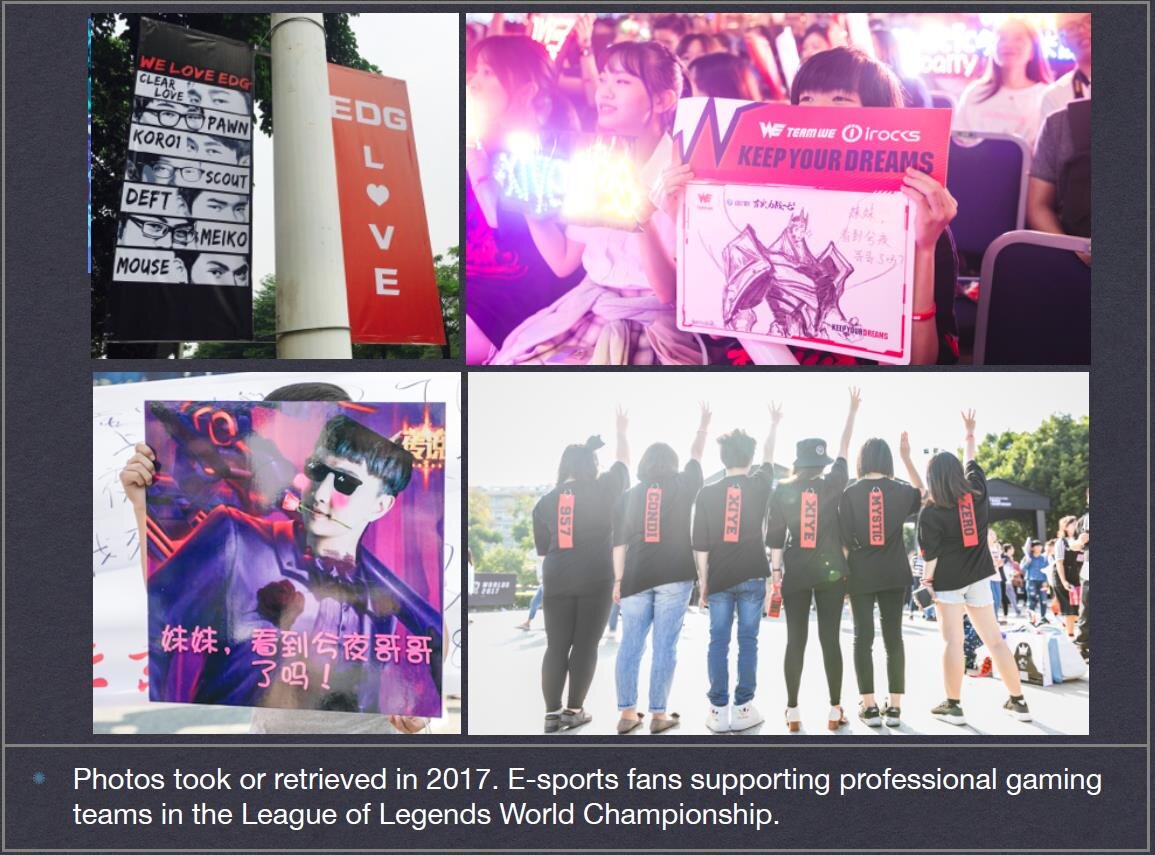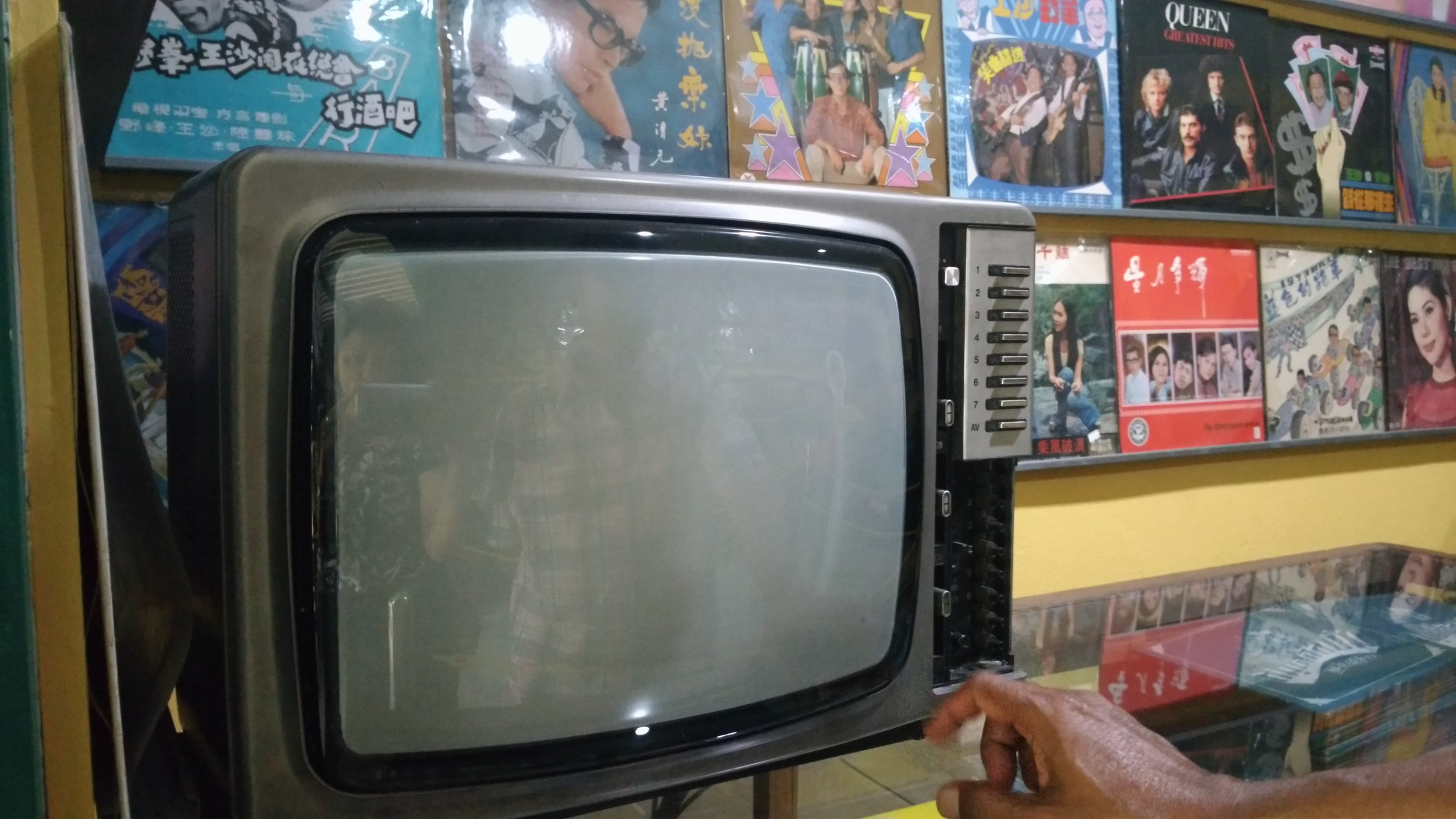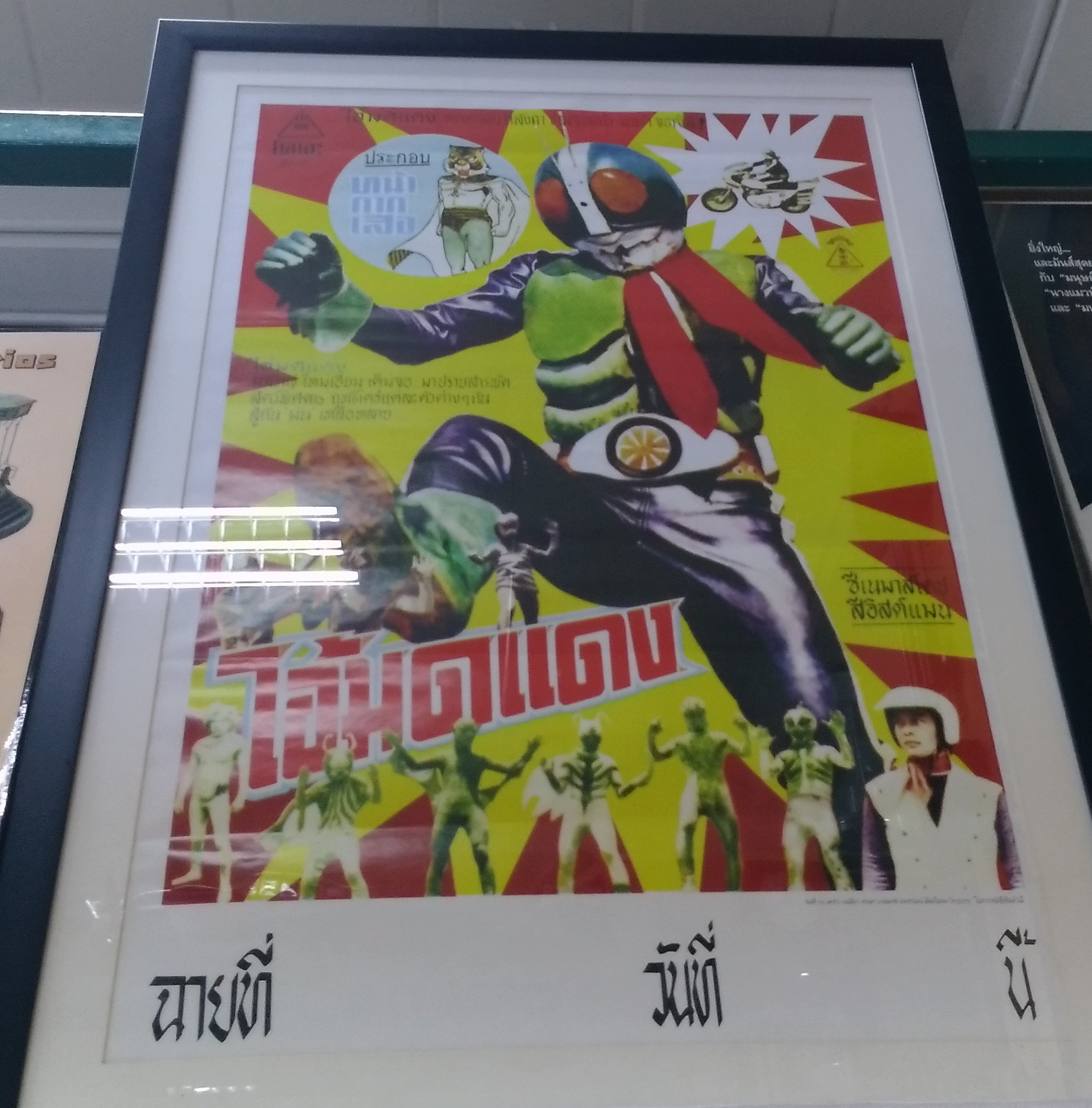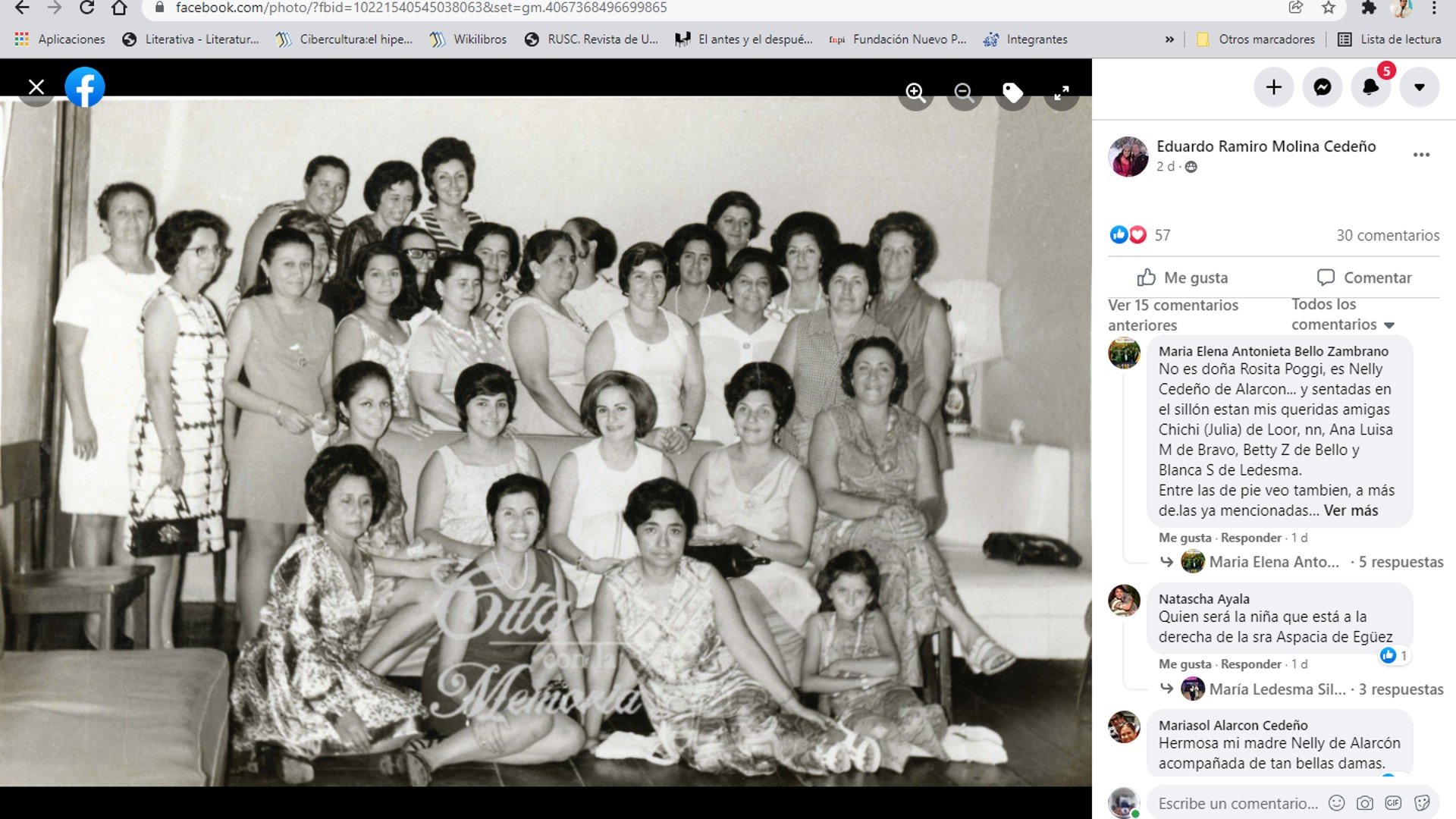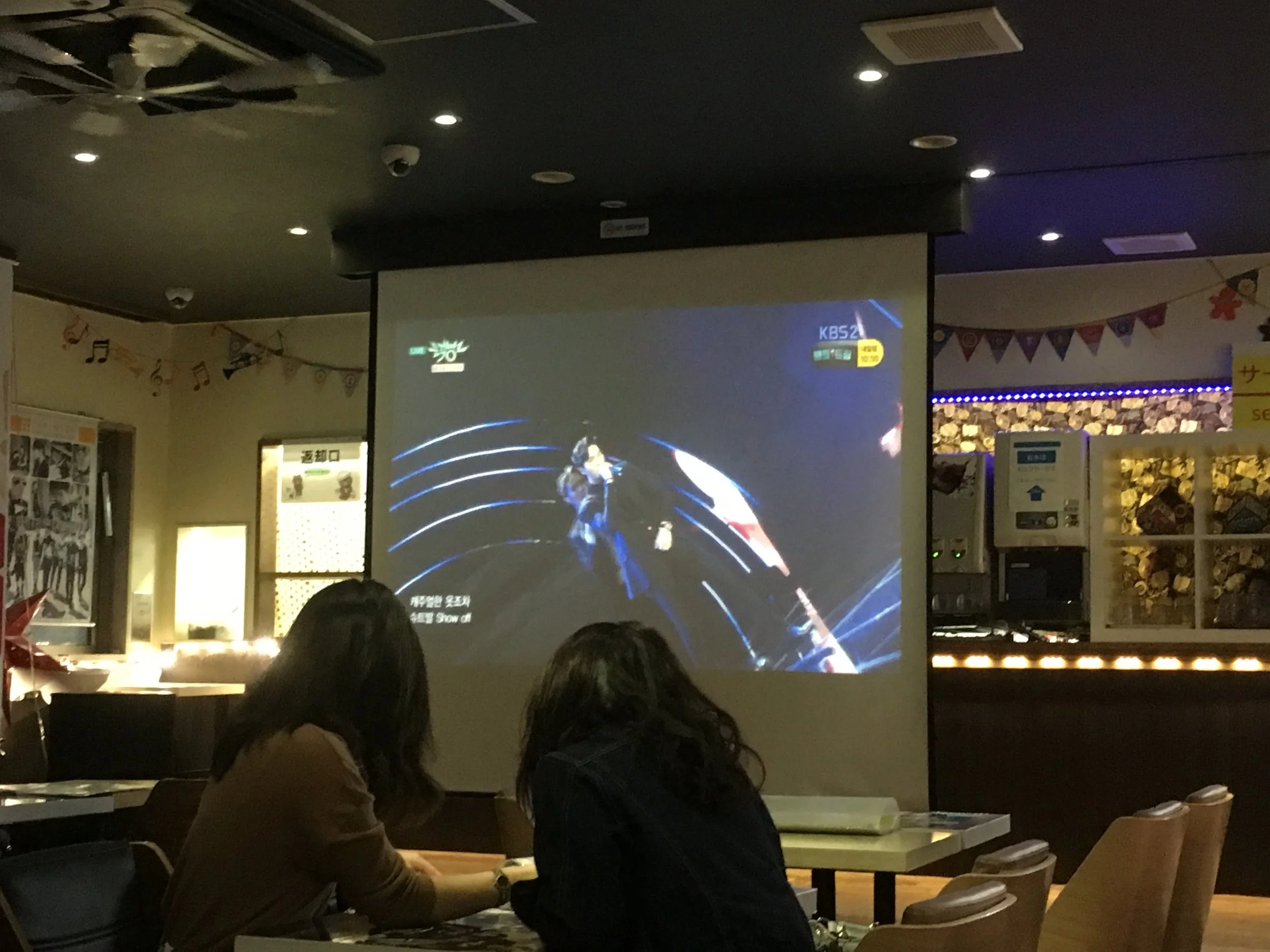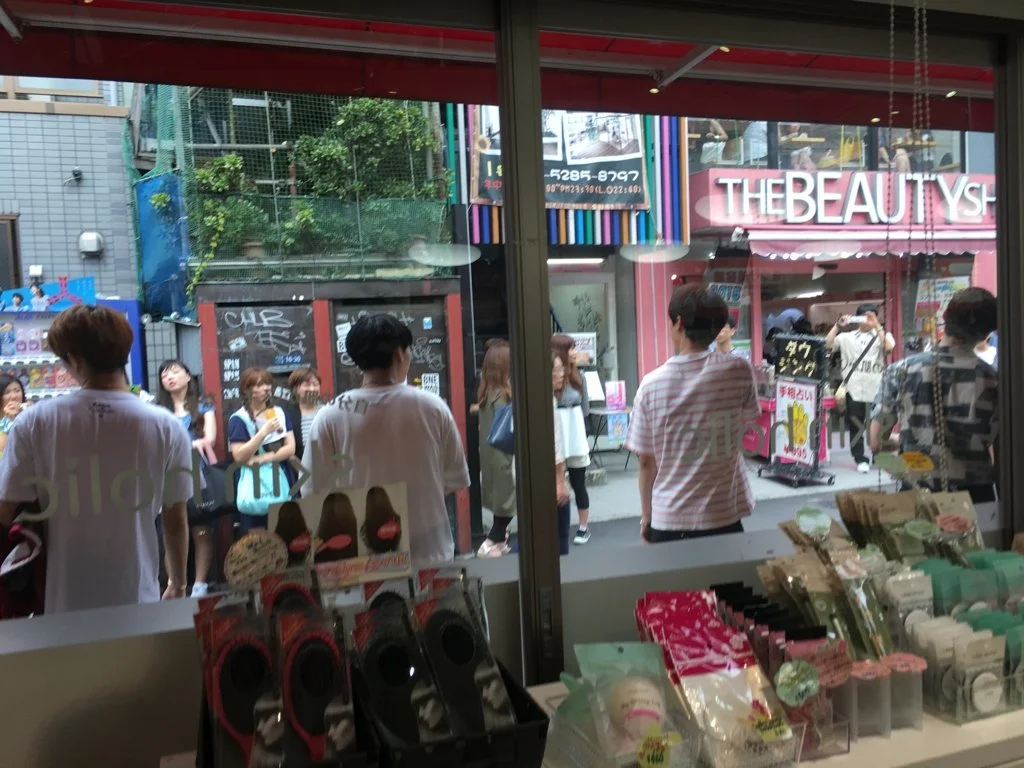Global Fandom Jamboree: Alexia Smit (South Africa)
/A fan-made meme compares South African black twitter fans to an armed militia, ready to take aim at participants on the show.
Sunday Night Black Twitter and TV Fandom in South Africa
On Sunday nights South African viewers can be assured that the Mzansi Magic Channel (hosted on pay TV service DSTV) will screen its most talked-about reality television fare. During the evening timeslot fans head to twitter to share responses, banter and memes for the duration of the programme screening. The Sunday night slot became popular through Mzansi Magic’s hit show Our Perfect Wedding (OPW) which produced a culture of fan commentary on South Africa’s “black Twitter” during its 7pm timeslot. OPW was soon followed by another local reality tv success Date My Family (DMF) in the Sunday 6pm timeslot. While Mzansi screens other premium fare in the later timeslots it is Our Perfect Wedding and Date My Family which have garnered significant twitter activity. These shows centre black South African experiences and like much reality TV fare foreground ‘real people’ performing themselves for the cameras. The twitter responses to these texts are laden with acerbic comedy and linguistic play. The OPW and DMF fan activity is a significant example of South African television fandom and is a particularly creative and critical site for the negotiation of black identity in the post-apartheid space.
While most of my work has been textual analysis-based, my studies of OPW and DMF have been my first experiences of engaging with fandoms. In 2020 I collaborated with Tanja Bosch on a study of the twitter feed for Our Perfect Wedding in an article which combined both a quantitative and qualitative analysis of the twitter data attached to the hashtag #OPW. I admit that, while I knew we were examining the work of fan audiences, I gave little thought to how this activity might be theorized in relation to existing scholarship on fandom. This conversation series gives me the opportunity to reframe this work in relation to the field of fandom studies and to consider how the South African context fits in to broader discourses on fandom.
As Tanja Bosch and I argued in our discussion, the twitter feed attached to OPW operates as a backchannel to traditional modes of television viewing. The TV channel (which is hosted on a pay TV service) actively encourages and reinforces the twitter life of these programmes, through in-text references to twitter, screen pop-ups with the twitter hashtags and active promotion of the show through the programmes official twitter page (Smit and Bosch, 2020). Through an examination of twitter data for the hashtag #OPWmzansi, we found that the broadcaster maintains considerable power in the show’s twitter network. However, our qualitative study of the twitter responses revealed the work of fans in producing comedic responses to the text, constructing memes, and recounting storylines for viewers without access to pay TV networks.
Work on fandom in South Africa has focused primarily upon sports fans (Davis and Upton, 2004, Kaminju and Ndlovu, 2011, Fletcher 2012, 2014, 2015). Some studies have explored local fan engagement with global fan culture, for example, Catherine Duncan’s (2018) work on transnational fandoms in South Africa, and Trish Ramrathen’s (2016) work on anime fandom in South Africa. There is little work on South African fandoms organized around local film and television productions despite the fact that very exciting fan cultures exist. This may simply be the result of a generally limited interest in television and popular culture amongst South African scholars. I also wonder whether the limited development of fandom studies in South Africa might be linked to certain entrenched ways of thinking about South African audiences. Fandom has largely been constructed as a white phenomenon despite the existence of thriving black fandoms (Stanfill 2011, Wanzo, 2015) and black South African television viewers may not accord with assumptions about what constitutes a fan. With some notable exceptions in the small field of audience studies in South Africa (Tager, 1998; Roome 1998, Tomaselli, 2019) black South African audiences have often been conceived of either as receivers of public service messages or as markets for the consumption of TV products. There has been much interest in audience reception of messaging around the HIV/AIDS pandemic (Tufte, 2002; Ponono, 2014). And scholars have also examined how audiences have engaged with messaging around democracy and transformation in the post-apartheid years (Roome, 1998; Kruger 1999).
Black South African television viewers are often positioned by media culture as “consumers” rather being considered for their active engagement as fans. Indeed, as Iqani (2017) has argued, black South Africans have been fetishized for the potential promised by their consumer activity in post-apartheid space, with the increased spending power of black South Africans also taken as a representation of social change. Work in critical consumption studies has explored how South African transformation has been expressed through representations of black spending power and through narratives of aspirational consumption (Posel 2010; Iqani and Kenny, 2015). The field of critical consumption studies is vibrant in South Africa, producing tremendously important and nuanced work. But this emphasis on consumption both in popular culture and in academic spaces has possibly meant that black audiences have very often been considered in relation to consumption rather than fandom.
Limited attention has been paid to the creativity of South African television fans and the cultural spaces and artefacts that they produce. Examining the Sunday night fan practices around OPW and DMF provides opportunities for exploring how black TV fans in South Africa position themselves in relation to representations of consumption, aspiration and black identity. I want to highlight a series of points which may have interesting connections to global debates in fandom:
Twitter fans of OPW and DMF position themselves self-consciously in terms of shared black experiences through their alignment with black twitter. The hashtag #blacktwitter frequently shares space with #OPW in fan tweets and tweeters make explicit reference to Sunday night practices as a function of black twitter. This South African black twitter is a site of confluence with global fan practices, and particularly with American black Twitter. This is potentially an exciting area for further study. On the one hand this is a distinctly local space where tweeters share very situated experiences using local languages and expressions but through its positioning as “black twitter” this fandom also marks itself as connected to global blackness. Unlike black Americans, black South Africans are a majority audience, and yet due to the unequal nature of South African society, and a history of limited access to official cultural sites, the self-aware positioning of fan twitter activity as “black twitter” demonstrates the need to seek out site of community around shared black cultural understandings. Sunday night twitter practices could be constructively linked to broader debates about the role of Twitter in John Fiske’s “audiencing” (1992) which is defined by Highfield et al. (2013) as “the public performance of belonging to the distributed audience for a shared media event”. Here the practice of audiencing is also a means of producing a sense of black belonging. While this belonging is crucial to the pleasures of black twitter, the twitter feed for these shows also features an active grappling with the complexities of black identity and a pointed undermining of performances of class distinction.
Language play and multilingualism is a means through which South African Sunday night twitter fans express community and negotiate black South African identity. This tendency potentially intersects with discussions of fan multilingualism in many different regional contexts and in transnational TV fandoms. OPW and DMF are both primarily narrated in English but feature a range of South African indigenous languages, depending in the ethnicities of the participants. South Africa has 11 official languages and many South Africans have some proficiency across these languages. However, due to the legacy of apartheid and colonialism, English language proficiency is often understood as a marker class mobility due its association with university education and employment opportunities. The twitter feed attached to these programmes features frequent comedic responses to language use and particularly to perceived failures in English pronunciation and grammar. I am interested in embarking on a more extensive engagement with the ways in which this interest in language operates as a way of critically examining performances of classed identity for black South African fans.
Finally, because OPW and DMF are behind a paywall, the Twitter feed becomes a way in which fans without access to the service consume the texts. This means that for some Twitter is not the “backchannel” but the primary site of consumption. And so we could ask to what extent does DMF/OPWs reliance on fan narration and retelling of the story events undermine the traditional relationship between sites of TV production and consumption even as this twitter engagement bolsters the brand identity and prestige of the traditional pay TV broadcaster ?
References
Duncan, Catherine. Production locality: practices in a South African transnational participatory fandom. Diss. University of Johannesburg, 2018.
Fletcher, Marc William. " These whites never come to our game. What do they know about our soccer?": soccer fandom, race, and the Rainbow Nation in South Africa. Diss. University of Edinburgh, 2012.
Fletcher, Marc. "‘You must support Chiefs; Pirates already have two white fans!’: race and racial discourse in South African football fandom." Soccer & Society 11.1-2 (2010): 79-94.
Fiske, John. "Audiencing: A cultural studies approach to watching television." Poetics 21.4 (1992): 345-359.
Highfield, Tim, Stephen Harrington, and Axel Bruns. "Twitter as a technology for audiencing and fandom: The# Eurovision phenomenon." Information, communication & society 16.3 (2013): 315-339.
Iqani, Mehita. "A new class for a new South Africa? The discursive construction of the ‘Black middle class’ in post-Apartheid media." Journal of Consumer Culture 17.1 (2017): 105-121.
Iqani, Mehita, and Bridget Kenny. "Critical consumption studies in South Africa: roots and routes." Critical Arts 29.2 (2015): 95-106.
Kaminju, Antony, and Thabisani Ndlovu. "Playing from the terraces: notes on expressions of football fandom in South Africa." African Identities 9.3 (2011): 307-321.
Ramrathen, Trisha. Rise of the Otaku: investigating the anime fandom in South Africa. Diss. 2016.
Roome, Dorothy. "Transformation and Reconciliation:‘Simunye’, a flexible model." Critical Arts 11.1-2 (1997): 66-94.
Roome, Dorothy. "Humor as" cultural reconciliation" in South African situation comedy: Suburban Bliss and multicultural female viewers." Journal of Film and Video 51.3/4 (1999): 61-87.
Smit, Alexia, and Tanja Bosch. "Television and black Twitter in South Africa: Our perfect wedding." Media, Culture & Society42.7-8 (2020): 1512-1527.
Stanfill, Mel. "Doing fandom,(mis) doing whiteness: Heteronormativity, racialization, and the discursive construction of fandom| Stanfill| Transformative Works and Cultures." Transformative Works & Cultures 8 (2011).
Tager, M. 1995. The Bold and the Beautiful: The relationship between the fictional universal universe of the soap opera and the lived experience of the black urban viewer in KwaZulu-Natal . Diss. University of Natal, 1995.
Tager, M. 2002. The Bold and the Beautiful and Generations: A comparative ethnographic audience study of Zulu-speaking students living in residences on the University of Natal's Durban Campus . Diss. University of Kwazulu Natal, 2002.
Teer‐Tomaselli, Ruth. "Drama, Audiences, and Authenticity: Television Programming and Audiences in Post‐Apartheid South Africa." A Companion to Television (2020): 423-438.
Wanzo, Rebecca. "African American acafandom and other strangers: New genealogies of fan studies." Transformative Works and Cultures 20.1 (2015).
Short Biographical Note
Alexia Smit is a senior lecturer in Film and Television studies at the Centre for Film and Media Studies at the University of Cape Town in South Africa. She holds a PhD in Television studies from the University of Glasgow. Her research focusses on popular entertainment television, with a particular interest in South African reality television, gender, class, postfeminism, transnational African TV, and womens television genres in Africa.



